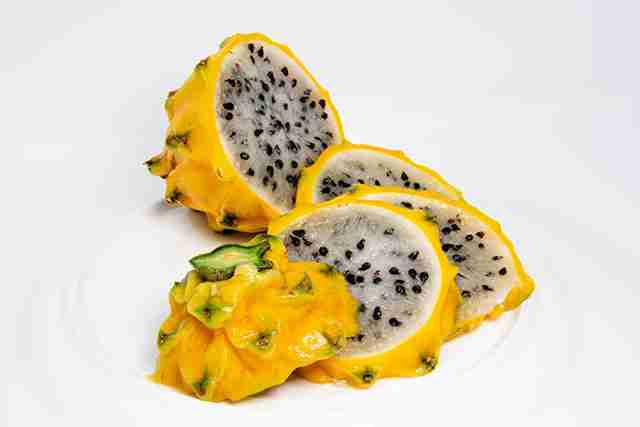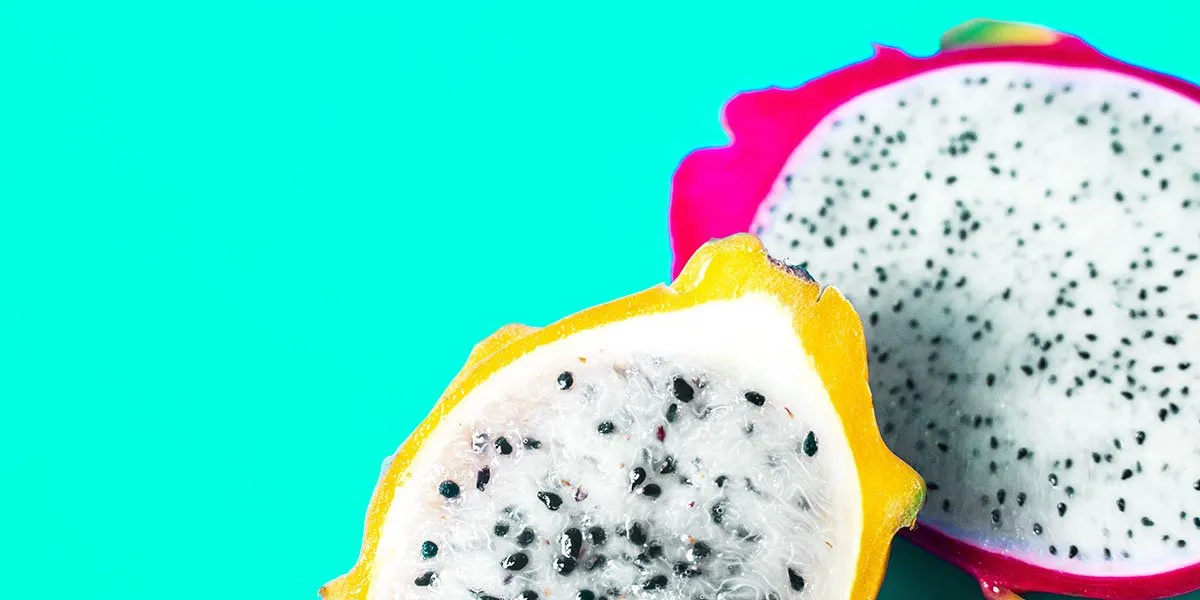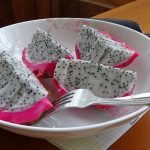The dragon fruit, also known as pitaya or pitahaya, is a unique pink-colored tropical fruit. Some people claim it belongs to the citrus family, but that assumption is incorrect.
Dragon fruit is not a citrus fruit, but it is considered a cactus fruit. It specifically belongs to the genus Selenicereus, part of the Cactaceae family. Much like citrus, cactus fruits prefer to grow in a warm, dry climate.
It is therefore not difficult to see why there is some confusion. Most people will have some difficulty placing these fruits in the proper category. So let’s see where it belongs.
What Category Of Fruit Is A Dragon Fruit?
The common dragon fruit of the genus Selenicereus is a cactus fruit. Other fruits belonging to this category are the prickly pear, saguaro, and barrel cactus. Interestingly enough, the majority of cacti bear edible fruits.
Sadly, only a few of these delicious treats of nature are eaten by humans. Perhaps because they are not easy to grow in a controlled environment. Or maybe they don’t taste all that good.
The dragon fruit, also called pitahaya, pitaya, or strawberry pear, is an exception to this rule. Its rich flavors are usually described as a mix of pear and kiwi. In no way does it remind us of the sour, acidic orange or lemon.
Is Dragon Fruit Sweet Or Acidic?
Dragon fruit is a non-acidic, sweet tropical fruit. The edible flesh is mild, with a pH level between 6 and 7 (neutral to mildly acidic). Compare this to the acidity of several common citrus fruits, which tend to have a pH level below 3 (very acidic).
On the acidity scale, a dragon fruit would only be slightly more acidic than water. Consuming these fruits, you wouldn’t even notice the presence of any acidity at all. However, this does not mean your teeth are completely safe.
The edible flesh of the average dragon fruit contains about 7.65 grams of sugar. This contributes to the sweetness of the tropical delicacy. The relatively high sugar content could potentially affect your teeth, but only without proper brushing.
Is There Citric Acid In Dragon Fruit?
A Chinese study concluded that some citric acid can be found in dragon fruit. The pulp and peel contain a maximum of <13 mg per gram of citric acid. The pH level of the fruit lies between 6 and 7, only mildly acidic.
Citric acid can be potentially harmful to teeth upon consumption. Regular consumption can cause tooth enamel to dissolve. This essentially corrodes the teeth.
None of that should be worried about with most cactus fruits. Whereas citrus juice consumption could contribute to teeth corrosion, dragon juice would just be harmless and refreshing.
Yellow Dragon Fruit: Not A Citrus Either
Apart from the famous pink-white variety, a few more variants do exist. The three main dragon fruit varieties you can find in the supermarket are as follows:
- White flesh: Pitaya blanca, scientific name Selenicereus undatus;
- Red flesh: Pitaya roja, scientific name Selenicereus costaricensis;
- Yellow flesh: Pitaya amarilla, scientific name Selenicereus megalanthus.
The last variant mentioned could be confused for citrus fruit. Its exterior is yellow, and has roughly the size of a lemon. If you look at the image below, it’s not difficult to see the resemblance:

So can we group this one variety with the citrus family? That’s a trick question, because this yellow beauty is actually the sweetest variant of them all. Apart from its citrus-looking peel, nothing about this tropical treat can make it more citrusy.
Should you come across someone claiming that might be a citrus? You can simply buy them the yellow fruit. Prepare it by cutting it into little blocks (you can store the rest in a fridge). And just let them taste a little bit of the sweet flesh. This will surely change their mind in a heartbeat.



